The 7 Things AI Can’t Do (Big Upside for Content Creators)
AI is impressive, but these 7 skills still require a human touch—and that’s good news if you create content for a living.
There’s a lot of panic out there about AI taking over jobs.
I’m an AI Optimist but let’s be honest — some of that panic is fair. AI will replace humans in a bunch of roles.
But that’s not the whole story.
There are still a ton of things that only humans can do well — and those things are more valuable than ever.
Here’s my short list of what AI still can’t do (and might never do as well as people).
7 Things AI Can Not Do
1. Taste
AI can spot patterns. But it still has no idea what’s good.
Humans do.
Taste is the human superpower of knowing what other humans will love — before anyone else sees it.
“I mean, that’s the thing. You can call it taste. One thing humans can do is figure out what other humans enjoy better than AI systems.”'
—Lex Fridman (in interview with Dylan Patel and Nathan Lambert)
Aravind Srinvas, CEO of Perplexity, agrees:
“The AIs don’t have any taste or opinion right now… AIs don’t actually know what is inherently good or not good on their own.”
— Aravind Srinivas, co-founder and CEO of Perplexity AI (29:28 mark in interview by Rick Rubin).
AI can remix what already exists. But choosing what should exist — that’s taste. And it’s something only humans bring to the table.
Every great editor, designer, or product builder uses this gift every day.
2) First-Hand Experience
AI can summarize a million stories — but it can’t live one.
Only humans can share what something actually feels like.
Take
, creator of Creator Science.He recently wrote about why he joined Substack. He didn’t just explain the platform — he shared how it felt to use it as a writer:
He wrote a thoughtful article on it here: Why I Joined Substack and did a podcast called What’s going on with Substack?
He gave this first-hand experience of a unique quality of Substack for writers:
“It's as if you were publishing on Twitter and you shared a link to your blog, except they're both on the platform and Substack wants you to read that. So it's a really smart marriage.”
— — Jay Clouse, Founder of Creator Science
That insight didn’t come from data. It came from being in the arena.
AI can fake reviews and stitch together opinions. But it can’t take a risk, try something new, or tell you how it felt.
3) Break News (And Its Impact)
AI can summarize the news. But it can’t break it.
News doesn’t start in a database — it starts on the ground.
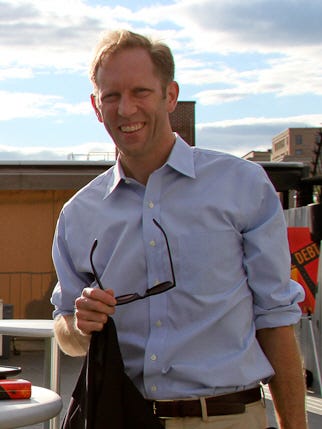
As
(co-founder of Business Insider) said on the Rebooting show:“…in an era where AI really starts to proliferate, reporting is one of the things that AI can't do.”
Real reporting means being there.
Talking to people. Seeing what happened. Catching the moment that hasn’t been digitized yet — a photo at a protest, a quote from a whistleblower, an eyewitness account.
AI can help spread that story. But only humans can discover it in the first place.
Where Else News Reporters Are Much Better than AI
If you’re in the news business, here’s advice from Josh Schneps, CEO of Schneps Media (2 million readers across dozens of publications in New York City).
News reporters should not tell a story about something that has already happened (e.g. a fire) and focus instead on the impact:
“The problem is that AI in a very short period of time will be able to tell that story of the fire better than we can because it will take every piece of video, every piece of content and deliver it to people.
What AI won’t be able to do is talk about the family that lost a loved one in that fire or the business that was there for fifty years…”
— Josh Schneps, CEP of Schneps Media on The Business of Content podcast by
.
That human lens is what makes news matter.
4) Create Community
AI can help manage a forum. But it can’t build a real community.
Community is about trust, shared values, and showing up — especially in person.
Just ask Justin Welsh, creator of Saturday Solopreneur. With AI shaking up the digital space, here’s how he’s adapting:
“I’m prioritizing community. I’m focused on in-person events and interactions over purely digital growth…. It’s better to have deep relationships with fewer people than shallow engagement with many.”
— Justin Welsh (“AI is coming for us (here's my plan)” )
That’s something AI can’t do — not in a room, not at a conference, not even in a good group chat.
Communities happen when people connect. And people don’t follow software — they follow other people.
That’s why real communities — like concerts, clubs, meetups and mastermind groups — still need a human at the center.
5) Podcast Interviews: Human to Human
AI can generate a fake interview. But it can’t host a real one.
Take my favorite podcasts like The Tim Ferriss Show, Invest Like the Best by Patrick O’Shaughnessey and Decoder with Nilay Patel).
These shows work because of what the hosts bring to the table:
Personal Brand – You trust Tim, Patrick, or Nilay because you know them.
Podcast Brand – Each show has its own identity and vibe.
Taste – They carefully pick guests. For every person who makes it on the show, hundreds don’t.
That’s something AI can’t replicate.
Could AI tools like Google’s NotebookLM help create an interview?
Sure. But someone still has to make the key decisions: Who to invite, what to ask, and when to dig deeper.
Great interviews aren’t just about facts. They’re about chemistry, curiosity, and surprise.
And those are still human-only skills.
6) Spark a Theory: Before the Data Exists
AI is great at spotting patterns — after they happen.
But only humans can come up with bold new ideas before there’s proof.
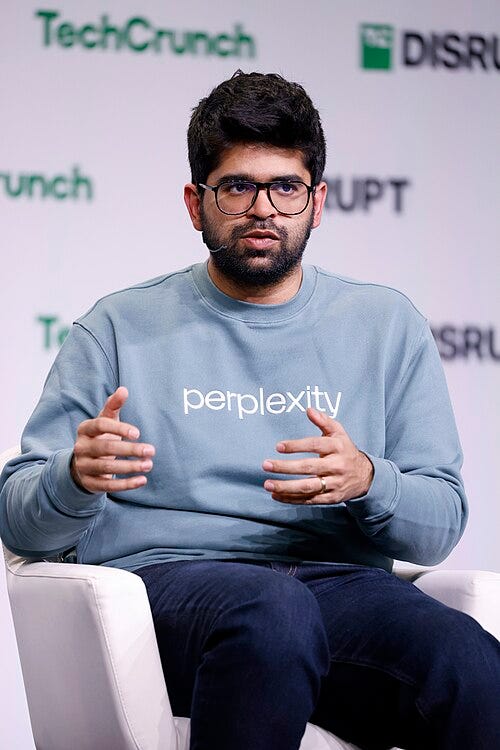
Think of Einstein. He didn’t wait for experiments — he imagined something wild and then asked, “What if this is true?”
As Aravind Srinivas, CEO of Perplexity, puts it:
“The beauty of Einstein is he came up with a theory even before the experiments were conducted… AIs cannot do these things.”
— Aravind Srinivas, CEO of Perplexity AI (Rick Rubin interview from Tetragrammaton podcast)
The best media thinkers do this too.
They create mental models like:
1,000 True Fans
The Creator Economy
The Barbell Strategy
These aren’t summaries. They’re lenses that help people see the future.
AI can remix ideas. But it still can’t invent new frameworks from scratch.
That spark — the leap of imagination — is still human-only territory.
7) Invent Real Things
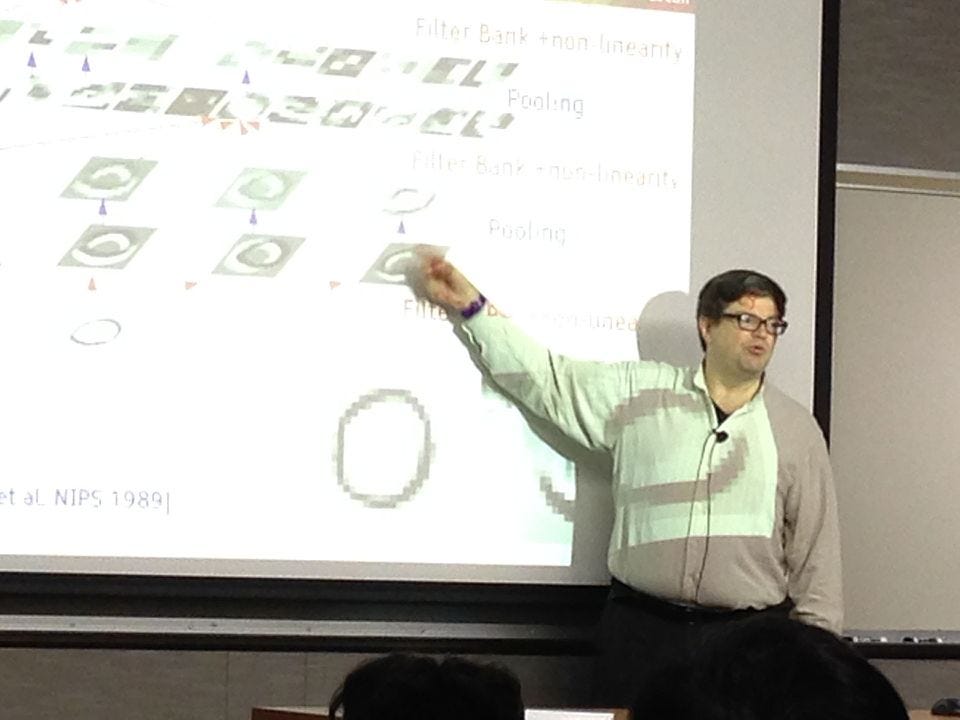
AI can spit out ideas. But it can’t build something that actually works in the real world.
Even top AI leaders agree — like Meta’s Chief AI Scientist, Yann LeCun:
““If we want eventually to build things like domestic robots and completely autonomous cars, we (humans need to build) systems to understand the real world.”
— Yann LeCun, Meta Chief AI Scientist (The Guardian, February 2025)
Why? Because real invention needs observation and intuition.
You have to watch people struggle. Try things. Break stuff. Fix it. And try again.
Whether it’s a kitchen tool, a new toy, or a phone — that leap from idea to useful object still belongs to people in labs, garages, and workshops.
AI can suggest features. But it can’t test them in the hands of real humans.
Innovation lives in the wild — not just in code.
Bonus #8: Accountability: Skin in the Game
AI doesn’t make bets — people do.
Whether it’s launching a podcast, publishing a bold article, or greenlighting a risky new product — it’s humans who bet their name on the outcome.
As of today, AI can’t be fired. It can’t be sued. It doesn’t get blamed if something fails — or rewarded if it succeeds.
But you do.
And that’s exactly why trust still flows to humans.
When creators and media execs take a stand, their audience notices. Accountability builds credibility. And credibility builds power.
Until AI can put its neck on the line — it’s still just a tool.
Final Takeaways for Execs on Both Sides of the Table
For Content & Media Execs:
Lean into what’s human. Your taste, voice, and first-hand stories are more valuable than ever — AI can’t fake them.
Build community. Focus on trust, curation, and real relationships. That’s where AI can’t follow.
Create originals. Don’t just cover what happened. Invent the frameworks, stories, and formats that shape what happens next.
For AI Execs:
Play to your strengths, but honor theirs. AI can summarize 100 fire stories — but it can’t tell the one about the family who lost their home.
Create tools for humans, not replacements. Build features that let podcasters, creators, and reporters do more — not disappear.
Make room for human judgment. Let users add taste, curation, and risk — like picking guests or making bets — where AI still falls short.
Thanks for reading!
Rob Kelly
Creator & Host of Media & the Machine
p.s.: How to reach me:
If you want to reach me, the best way is to subscribe below for free and reply to my weekly emails or ping me on LinkedIn.







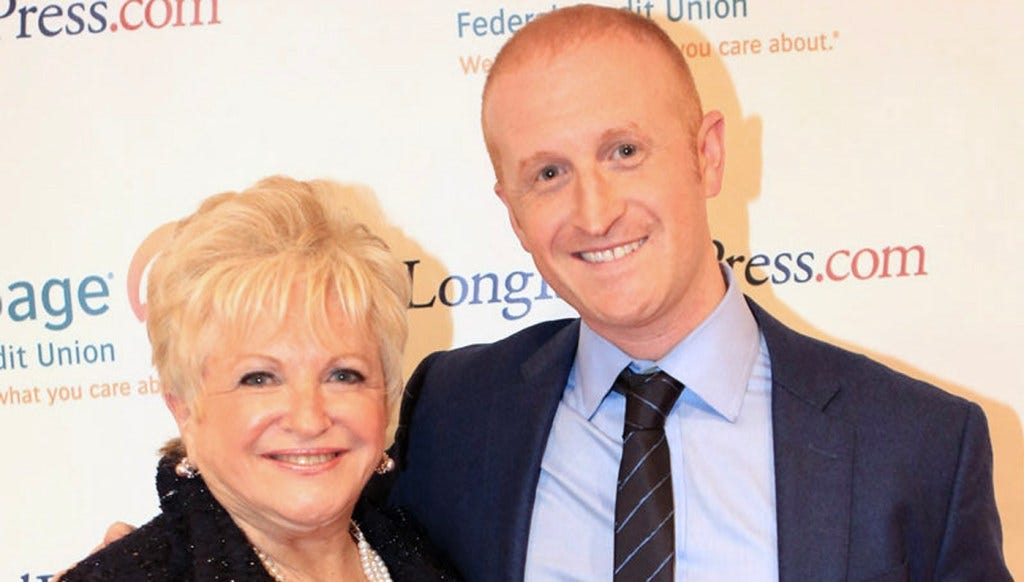
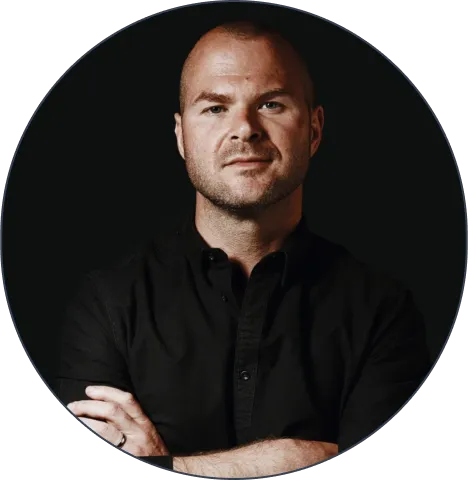
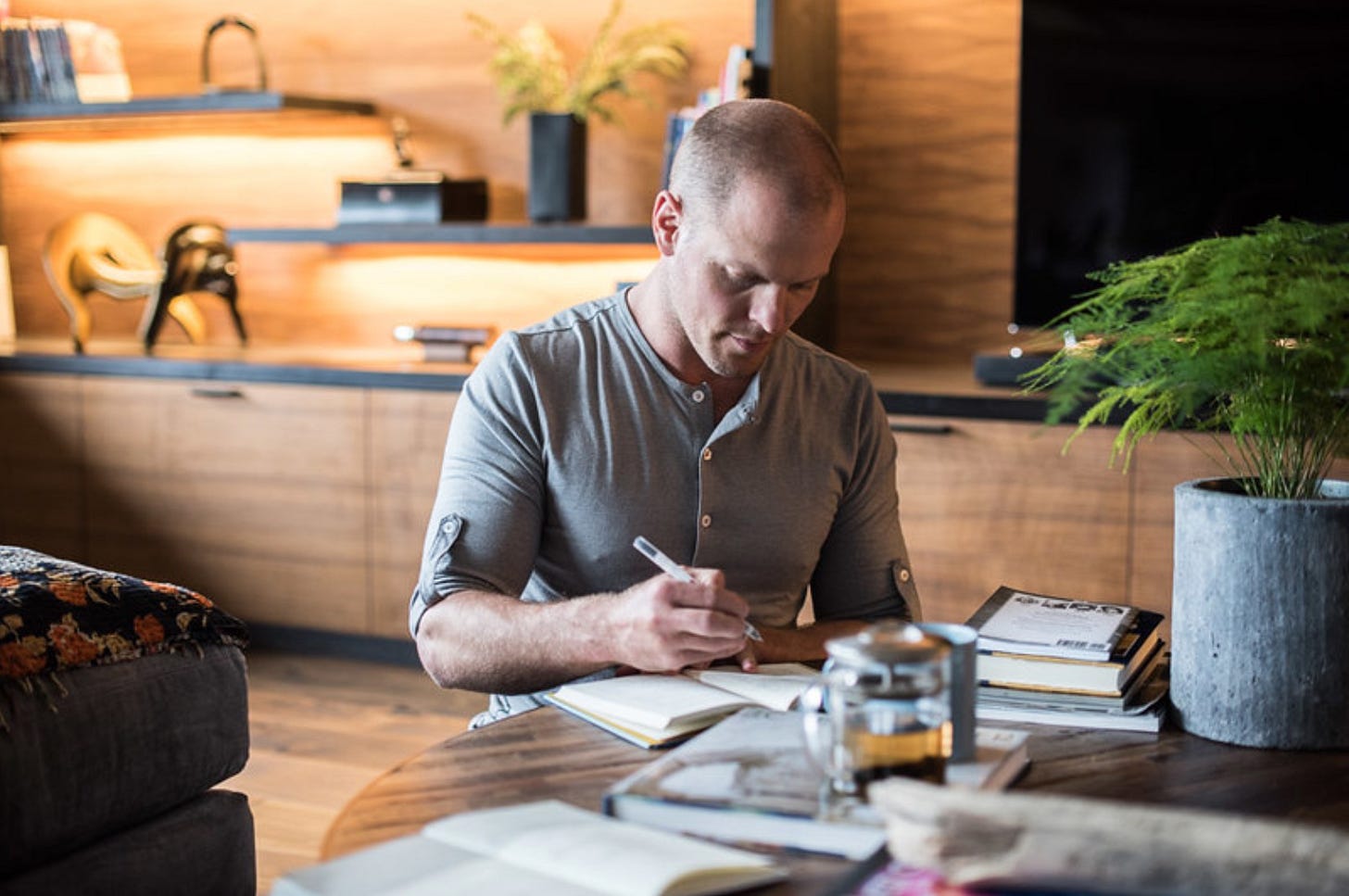

This is a great blog, and super relevant to so many of the conversations I'm having right now. Thanks for pulling it together, Rob.
I agree with this list!